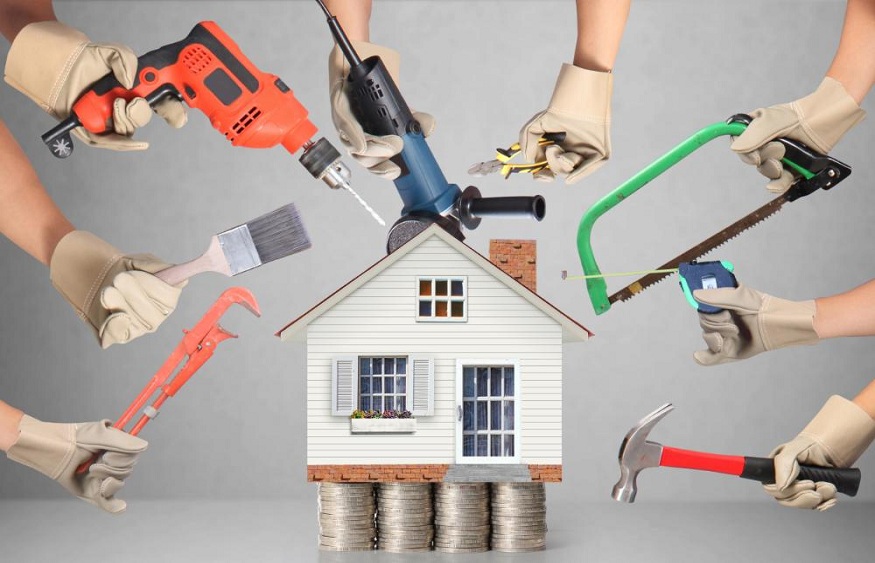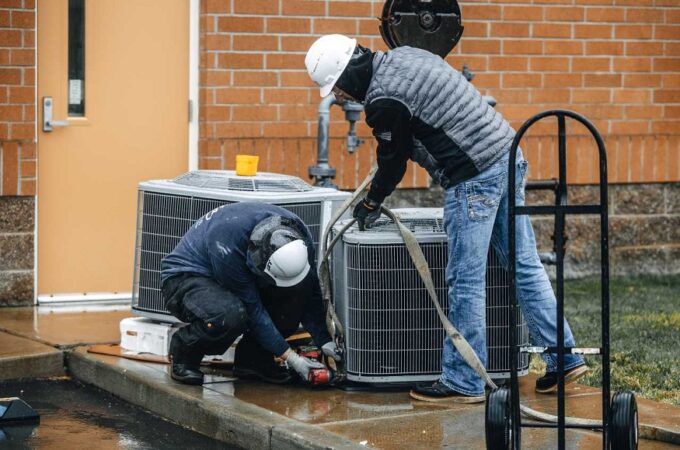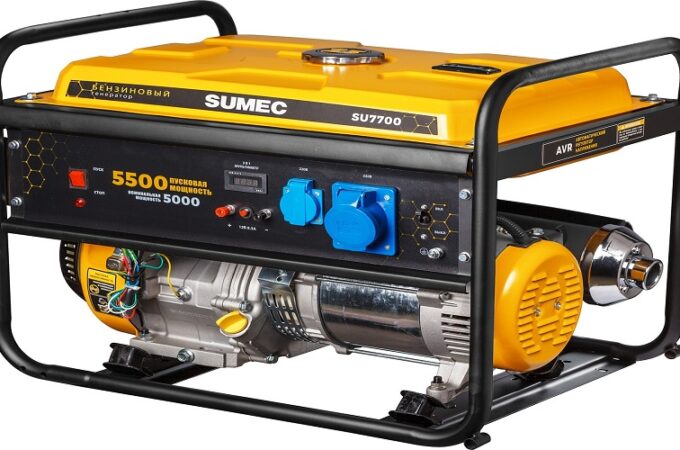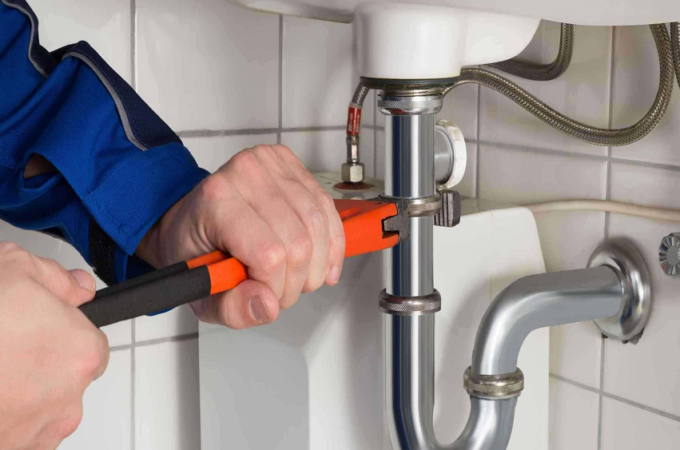
Home Repair Simplified: Tips and Tricks for Beginners
When tackling home repairs and improvements as a beginner, knowing where to start is often as daunting as the actual job. Nonetheless, with a little knowledge of basic tools, materials, and terminology, even novice DIYers can successfully take on minor to moderate repair and upgrade projects around the house.
Learning the Basics
Before starting any home repair project, you’ll need to stock up on some essential supplies and tools. At a bare minimum, every homeowner should own at least a basic toolkit that consists of the following items:
- Hammer – Choose one with a comfortable, non-slip grip for accurate swinging and nail removal.
- Screwdrivers – A good starter set should include a medium Phillips head and both standard and Phillips head screwdrivers in small to medium sizes.
- Pliers – Slip-joint pliers with crimping ability offer versatility for gripping, twisting, and cutting. Make sure the handles have vinyl or rubber coating for comfort and grip. Needle-nose pliers also come in handy for all those delicate tasks.
- Utility knife – Useful for general cutting jobs like opening paint cans or scoring drywall before snapping. Retractable blades are safest when it comes to storage.
- Tape measure – A basic 25-foot model is essential for accurate measuring cuts and layouts. Consider one that locks the tape line for easier handling.
- Safety equipment – At a minimum, always use safety goggles for eye protection. Other useful gear includes dust masks, sturdy work gloves, knee pads, and protective ear muffs.
Beyond these home repair basics, you will gradually accumulate more specialized tools for certain jobs. These will include things like caulking guns, putty knives, wrenches, spare screws, sandpaper, staple guns, levels, chisels, and more. According to the good folk at SPAX.com, building up your DIY toolkit will take time, so start with just the vital basics and add on as needed per project.
Preparing Your Workspace
Just as important as quality tools is an organized, uncluttered workspace for tackling home repairs. Clear sufficient floor space near an electrical outlet so you can work comfortably (lay down a protective floor cloth if needed). Have all necessary tools and materials close at hand, on a sturdy table or workbench, before starting so you don’t need to stop mid-task to fetch something. You should also arrange these neatly for easy access. Ensure there is good lighting overhead with adequately bright bulbs, particularly if you are going to be doing detailed tasks. Supplement natural light with portable lamps or shop lights on stands if needed. You should also try to eliminate glare or shadows over your workspace that could impede visibility.
Taking Safety Precautions
While eager to tackle that satisfying DIY project, don’t rush things when prepping your plan. Use extreme care when handling power tools and sharp implements that could inflict injury if handled recklessly. Even manual staplers, hammers, and hand saws can do some damage if gripped or positioned incorrectly. Never rush into using unfamiliar equipment without thoroughly reading safety guidelines in user manuals. Check cords and plugs on electric tools for frays or cracks and ensure all protective guards are in place before powering on.
Use the right safety gear religiously, including proper eye, ear and breathing protection when the need arises. Dust masks guard airways from inhaling dangerous particulates when sanding or scraping, for example. Sturdy work gloves help prevent blisters, bruises, and scrapes, too. If using a ladder, scaffolding, or roof access equipment, be careful of load limits and optimal placement guidance to avoid falling. Have an able assistant spot you if need be.
Conclusion
While home repair can initially seem intimidating for novices, mastering essential DIY basics opens the door to cost savings, personal achievement, and home customization. Building fundamental knowledge about using standard tools, workplace safety, materials, and key home components allows you to successfully maintain and upgrade living spaces over time.





